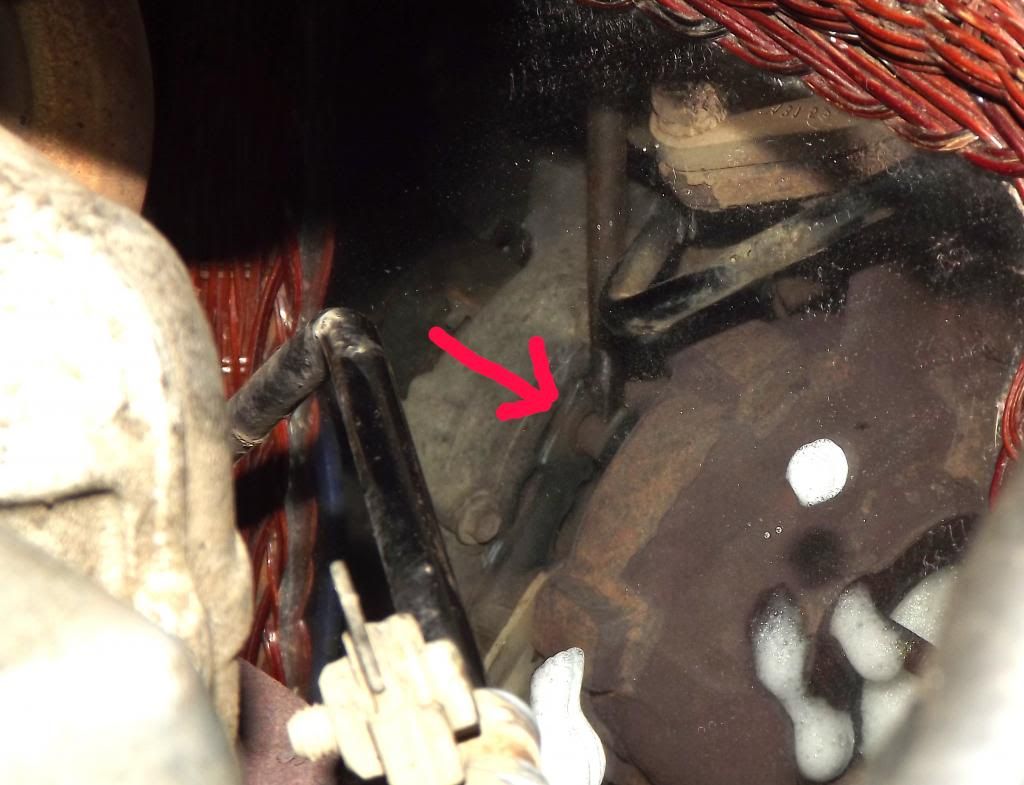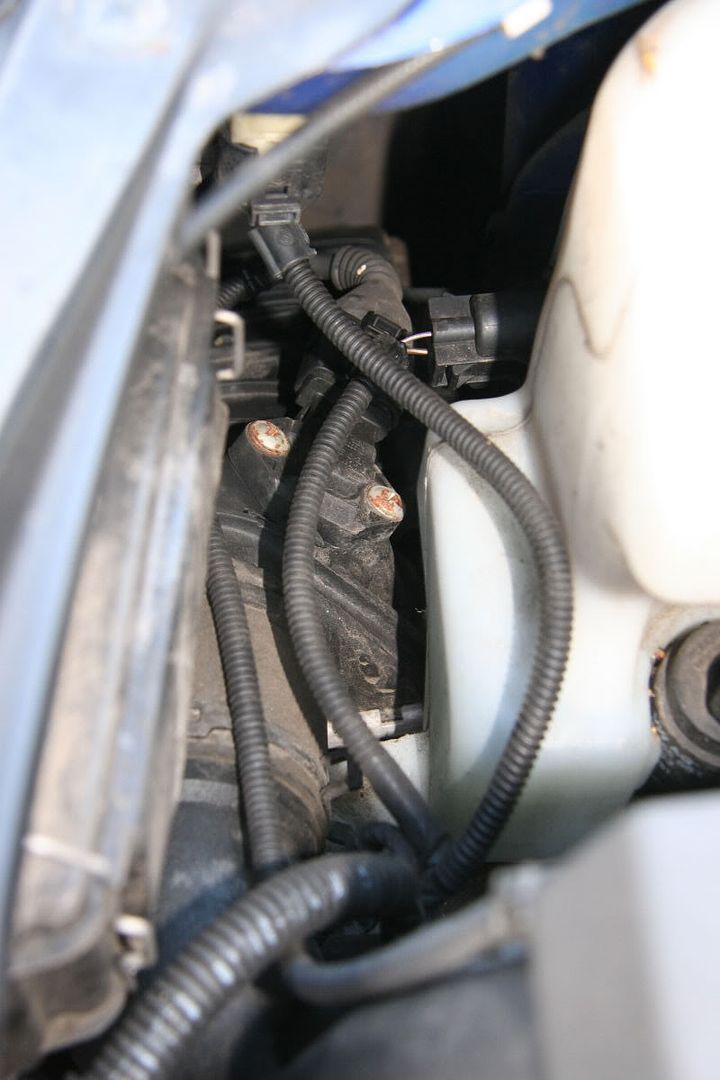Shifty1978
Guest
I purchased a 2003 Leon 1.9tdi at weekend and drove about 90miles to get it. Got comprehensive history from main dealer and had cam belt/water pump replaced about 10k ago ...mileage 62k now.
Anyway looking through history and the last main dealer service also had the tick sheet in the history. It showed "Turbo/Map fault?" but by customer authorisation had no so I presumed they did not get it checked out. This instantly put the frighteners on me, but decided to take it for a test drive anyway. Got out onto dual carriageway and was fine, seemed to have plenty of pull.
Ended up purchasing the car and drove home, car didnt miss a beat etc on motorway or normal roads.
Sunday and today it seems to hit a flat spot at about 3k revs, and this has occured in 3rd gear and fourth - but not every time.... seems to happen only when accelerating harder than normal. Moving up through gears "normally" doesnt bring the problem up.
I intended on buying an OBDII reader to just check - I had problems years ago with a Jag X-Type which was the MAF or MAP sensor I forget which, but am concerned its the turbo actuator sticking or something. However reading some threads I dont think an OBDII will help all that much, but I cant really afford the VAG software and lead at moment...
I note there is the shareware and lite version, would that assist with reading live codes?
I'm not mechanically minded so wont be able to do anything but the simplest of repairs but as I also have a VW in the household a cheapish tool would be of some use.
Would this be pointless :- ** sorry cannot post URL but its a VAG fault code reader **
** I have also contacted the non franchise dealer I bought the car from, but suspect he will not be of much use and given the distance its probably easier I try and resolve myself **
Any help much appreciated.
Anyway looking through history and the last main dealer service also had the tick sheet in the history. It showed "Turbo/Map fault?" but by customer authorisation had no so I presumed they did not get it checked out. This instantly put the frighteners on me, but decided to take it for a test drive anyway. Got out onto dual carriageway and was fine, seemed to have plenty of pull.
Ended up purchasing the car and drove home, car didnt miss a beat etc on motorway or normal roads.
Sunday and today it seems to hit a flat spot at about 3k revs, and this has occured in 3rd gear and fourth - but not every time.... seems to happen only when accelerating harder than normal. Moving up through gears "normally" doesnt bring the problem up.
I intended on buying an OBDII reader to just check - I had problems years ago with a Jag X-Type which was the MAF or MAP sensor I forget which, but am concerned its the turbo actuator sticking or something. However reading some threads I dont think an OBDII will help all that much, but I cant really afford the VAG software and lead at moment...
I note there is the shareware and lite version, would that assist with reading live codes?
I'm not mechanically minded so wont be able to do anything but the simplest of repairs but as I also have a VW in the household a cheapish tool would be of some use.
Would this be pointless :- ** sorry cannot post URL but its a VAG fault code reader **
** I have also contacted the non franchise dealer I bought the car from, but suspect he will not be of much use and given the distance its probably easier I try and resolve myself **
Any help much appreciated.




